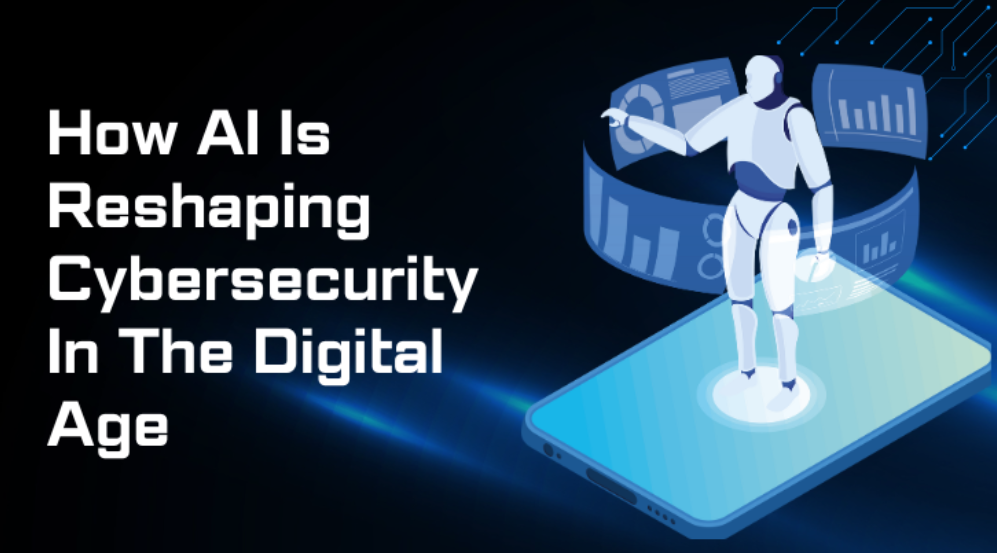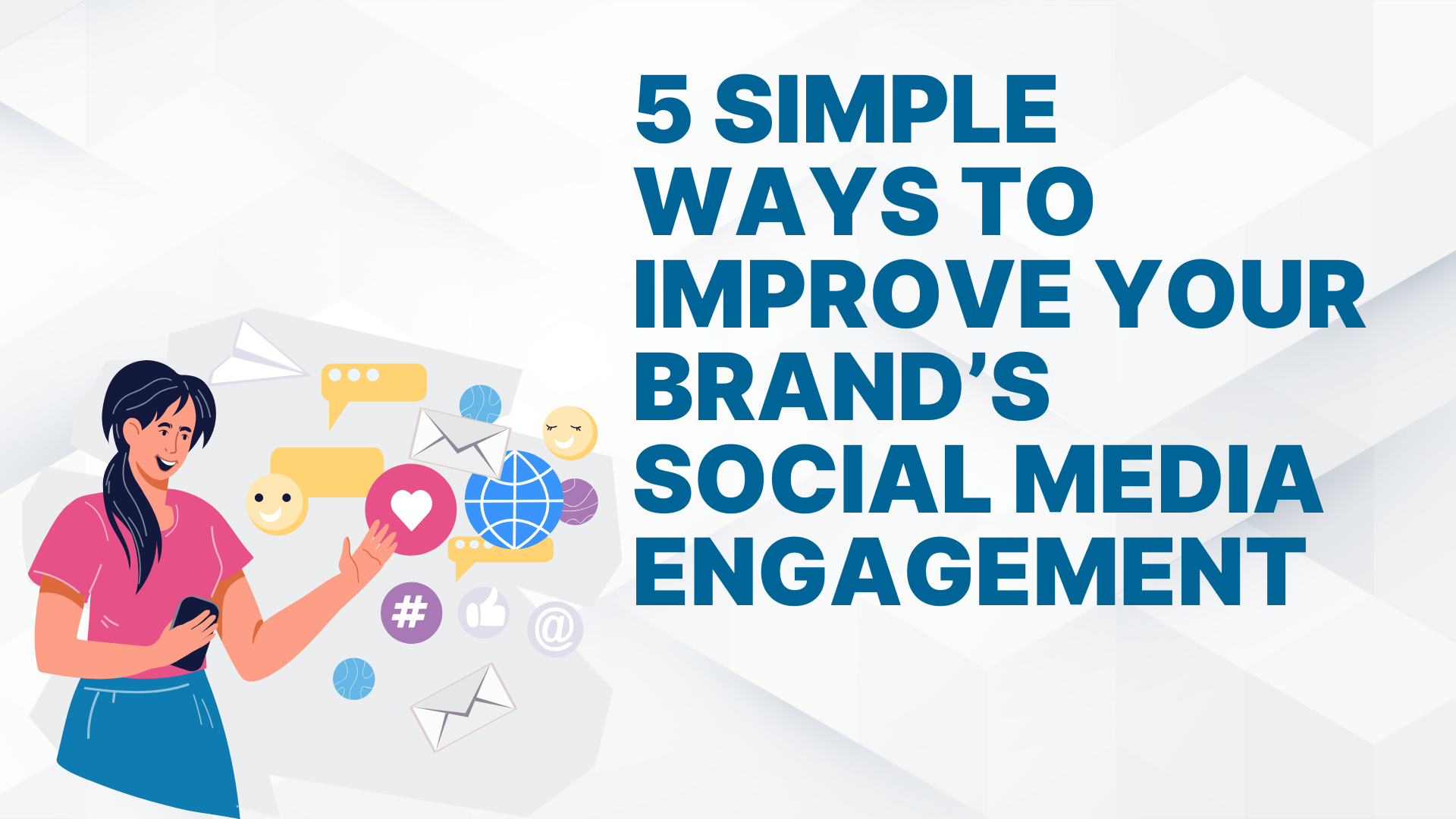In today’s digitally-driven world, the term “software” is ubiquitous, touching nearly every facet of modern life. Whether you're checking your email, streaming your favorite show, or making a purchase online, you're interacting with software. But what exactly is software? Here in this article delves deep into the world of software—its definition, types, examples, and its role in the technological ecosystem.
Table of Contents:
- What is Software?
- History of Software
- Types of Software
- System Software
- Application Software
- Development Software
- Key Examples of Software
- How Software is Developed
- The Role of Software in Modern Life
- Software vs. Hardware
- Open Source vs. Proprietary Software
- The Future of Software
- FAQs
1. What is Software?
At its most basic level, software refers to a set of instructions, data, or programs used to operate computers and execute specific tasks. It contrasts with hardware, which refers to the physical components of a computer. Software is intangible—it can’t be touched or physically interacted with—but it directs hardware on what to do and how to perform tasks.
In simpler terms, while hardware is the "body" of a computer system, software is the "mind" that tells it what to do.
2. History of Software
The concept of software dates back to the early 19th century with the advent of the Analytical Engine, designed by Charles Babbage. However, it wasn’t until the mid-20th century that the first real software, as we understand it today, came into existence.
The term "software" was first coined by John Tukey in 1958, and the development of software became essential after the invention of electronic computers during World War II. By the 1970s, software engineering became a recognized field, and the rapid evolution of computers and technology has led to software’s omnipresence today.
3. Types of Software
Software is broadly categorized into three main types: System Software, Application Software, and Development Software. Each type serves distinct purposes but plays an integral role in the functioning of computers and digital devices.
a. System Software
System software is designed to manage and control hardware components so that other software and users can interact with them. It acts as an interface between hardware and user applications.
Examples of system software include:
Operating Systems (OS): This is the most crucial system software that manages hardware, files, and resources. Popular examples include Windows, macOS, and Linux.
Device Drivers: These allow the OS to communicate with hardware components like printers, keyboards, and mice.
Utility Software: These are tools to maintain the performance of your system, such as antivirus programs or disk cleaners.
Firmware: Low-level software that is embedded directly into hardware devices.
b. Application Software
Application software is what most people think of when they hear the word software. This type of software is designed to perform specific tasks for users, ranging from productivity to entertainment.
Examples of application software include:
Word Processing Software: For creating documents, like Microsoft Word or Google Docs.
Web Browsers: For surfing the internet, like Google Chrome, Mozilla Firefox, and Safari.
Media Players: For watching videos or listening to music, like VLC Media Player and Spotify.
Games: Interactive software designed for entertainment, such as Fortnite, Minecraft, or The Sims.
Enterprise Software: Solutions that assist businesses, such as Salesforce, QuickBooks, and SAP.
c. Development Software
Development software is designed to help programmers and developers create, debug, maintain, or support other software and applications. These tools are essential for creating new software from scratch or modifying existing applications.
Examples include:
Integrated Development Environments (IDEs): Software suites for coding, debugging, and testing, such as Visual Studio, Eclipse, and IntelliJ IDEA.
Compilers: Tools that translate high-level programming code into machine-readable code.
Version Control Systems: Software like Git and SVN that help developers track changes in code and collaborate on software projects.
4. Key Examples of Software
a. Microsoft Office Suite
A collection of productivity software including Word, Excel, PowerPoint, and Outlook, used for creating documents, presentations, spreadsheets, and managing emails.
b. Adobe Creative Cloud
This includes tools for creative professionals, such as Photoshop (photo editing), Illustrator (graphic design), and Premiere Pro (video editing).
c. Google Chrome
One of the most popular web browsers globally, Google Chrome allows users to access websites, manage extensions, and sync data across devices.
d. Linux
An open-source operating system used widely by developers and in enterprise server environments.
e. Oracle Database
A leading database management system used by enterprises to manage data across complex environments.
5. How Software is Developed
The process of developing software is known as software development and typically follows a structured framework, referred to as the Software Development Life Cycle (SDLC). Key stages include:
a. Requirement Gathering and Analysis
Understanding what the client or user needs.
b. Design
Planning the architecture and user interface of the software.
c. Implementation (Coding)
Writing the actual code to bring the design to life.
d. Testing
Ensuring the software is bug-free and meets the initial requirements.
e. Deployment
Releasing the software to users.
f. Maintenance
Regular updates, patches, and optimizations to improve performance and security.
6. The Role of Software in Modern Life
Software is the backbone of today’s digital economy. It is found everywhere—from personal gadgets like smartphones to large-scale enterprise systems managing global supply chains. Without software, modern industries like healthcare, finance, education, and entertainment would struggle to function effectively.
In communication, platforms like Zoom, Slack, and WhatsApp enable seamless interaction, even across continents. Similarly, cloud services powered by software, such as Google Drive and Dropbox, allow for the storage and sharing of vast amounts of data globally.
7. Software vs. Hardware
While hardware refers to the tangible components of a computer system (e.g., the processor, memory, and keyboard), software refers to the intangible programs that control and operate that hardware.
A useful analogy is thinking of hardware as the physical body and software as the brain. Without software, the hardware wouldn’t know what to do. Likewise, without hardware, software has no platform on which to run.
8. Open Source vs. Proprietary Software
Open-source software refers to programs where the source code is made available to the public, allowing anyone to use, modify, or distribute it. Popular examples include Linux, Apache, and Mozilla Firefox. Open-source software encourages collaboration and innovation and is often free.
In contrast, proprietary software is owned by a company or individual, and its source code is not available to the public. Users must typically purchase a license to use the software. Examples include Microsoft Windows, Adobe Photoshop, and Apple iOS.
9. The Future of Software
The future of software is expected to be shaped by several key trends:
a. Artificial Intelligence (AI) and Machine Learning (ML)
AI-powered software will continue to evolve, automating more tasks and making processes more intelligent and efficient.
b. Cloud Computing
More software will be cloud-based, allowing users to access applications from anywhere without needing local installations.
c. Augmented Reality (AR) and Virtual Reality (VR)
Interactive software for gaming, education, and training using AR and VR will see massive growth.
d. Blockchain
Secure software solutions built on blockchain technology will revolutionize sectors like finance, healthcare, and logistics.
10. FAQs
1. What is the difference between software and an application?
All applications are software, but not all software is an application. Applications are designed for end-users to perform specific tasks, while software includes system software and development tools as well.
2. What is software development?
Software development is the process of designing, coding, testing, and maintaining software.
3. What is cloud-based software?
Cloud-based software is hosted on remote servers and accessed via the internet, eliminating the need for local installations.
4. Can software exist without hardware?
No, software needs hardware to run. It operates within hardware environments such as computers, phones, or servers.
5. What is open-source software?
Open-source software is software whose source code is available to the public for use, modification, and distribution.
6. How is software tested?
Software testing involves running the software through various conditions to find bugs, errors, or issues before deployment.
7. What is proprietary software?
Proprietary software is owned by a company or individual, and its source code is not available to the public. It usually requires a paid license.
8. What are examples of system software?
Operating systems (e.g., Windows, macOS), device drivers, and utility software are examples of system software.
9. What is firmware?
Firmware is specialized software embedded in hardware devices, such as routers or printers, to control their functions.
10. What are some popular programming languages for software development?
Popular programming languages include Python, Java, C++, JavaScript, and Ruby.
Software is a vital component of the digital age, enabling everything from basic communication to complex data analysis. With continuous advancements in technology, the role and capabilities of software will only continue to grow. Understanding its nuances can help individuals and businesses better leverage it for success.

















Post Comments